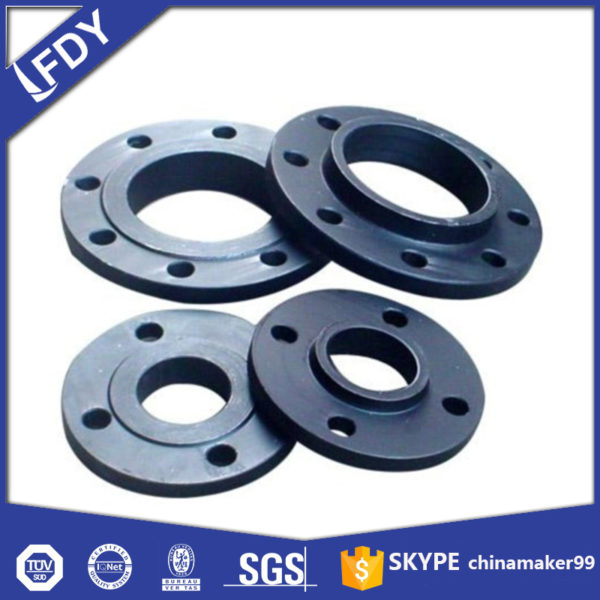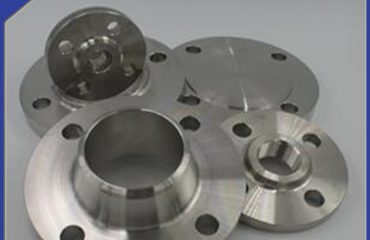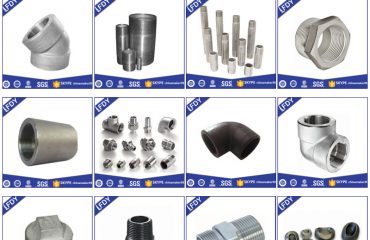
Carbon steel flanges are vital components in industrial piping systems, acting as connectors that link pipes, valves, and machinery. Made from carbon steel—an alloy of iron and carbon with trace elements—they balance strength, affordability, and versatility, making them a staple in various sectors. Understanding their types, standards, and care helps ensure optimal performance in any setup.
Key Types of Carbon Steel Flanges
Several flange designs cater to different installation needs and pressure levels:
Weld Neck Flanges: Featuring a tapered neck welded to the pipe, these distribute stress evenly. Ideal for high-pressure, high-temperature environments like oil refineries, they simplify alignment during setup.
Slip-On Flanges: These slide over pipes and are welded in place. Easier to install than weld neck variants, they suit low to medium-pressure systems such as water distribution lines.
Blind Flanges: Solid discs used to seal pipe ends, preventing leaks in unused lines or during maintenance. Common in chemical processing plants for system isolation.
Socket Weld Flanges: Designed for small-diameter pipes, they have a recess for the pipe, sealed with a fillet weld. Used in high-pressure systems with clean fluids to reduce turbulence.
Threaded Flanges: Threaded internally to match pipe threads, they avoid welding. Suitable for low-pressure, temporary setups like temporary water lines.

Industry Standards
Consistency in manufacturing is ensured by global standards. ASME B16.5 governs flanges up to 24 inches, while ASME B16.47 covers larger sizes. These standards define dimensions, pressure classes (e.g., Class 150, 300), and material specs, ensuring compatibility across manufacturers. Adhering to these standards is critical for safety in high-stress applications.
Practical Applications
Carbon steel flanges serve diverse industries:
Oil and Gas: Used in pipelines for exploration, transportation, and refining, enduring high pressure and hydrocarbon exposure.
Power Generation: Connect steam and fuel lines in thermal plants, withstanding extreme temperature fluctuations.
Chemical Processing: Handle acids and solvents, often with coatings to resist corrosion in aggressive environments.
Water Treatment: Join pipes in municipal systems, offering durability in water and wastewater applications.
Construction: Integral to HVAC systems, linking heating and cooling pipes in commercial buildings.
Maintenance Tips for Longevity
Proper care extends flange lifespan:
Inspections: Regularly check for corrosion, especially in humid or chemical-rich areas. Look for rust, pitting, or gasket degradation.
Gasket Replacement: Worn gaskets cause leaks. Replace them with compatible materials (e.g., rubber, metal) based on the fluid and temperature.
Coatings: Apply anti-corrosive paints or galvanization to protect against environmental damage, particularly in outdoor or industrial settings.
Proper Installation: Ensure bolts are torqued correctly—over-tightening can warp flanges, while under-tightening leads to leaks. Use calibrated tools for accuracy.
 Language
Language Espanol
Espanol English
English Italian
Italian عربى
عربى
 Skype: chinamaker99
Skype: chinamaker99  Tel: 86-316-5120812
Tel: 86-316-5120812  Email:
Email:  Whatsapp:
Whatsapp: 
